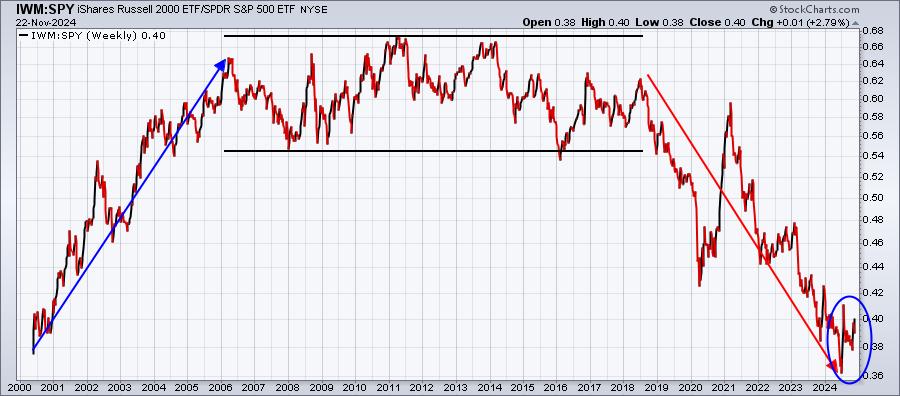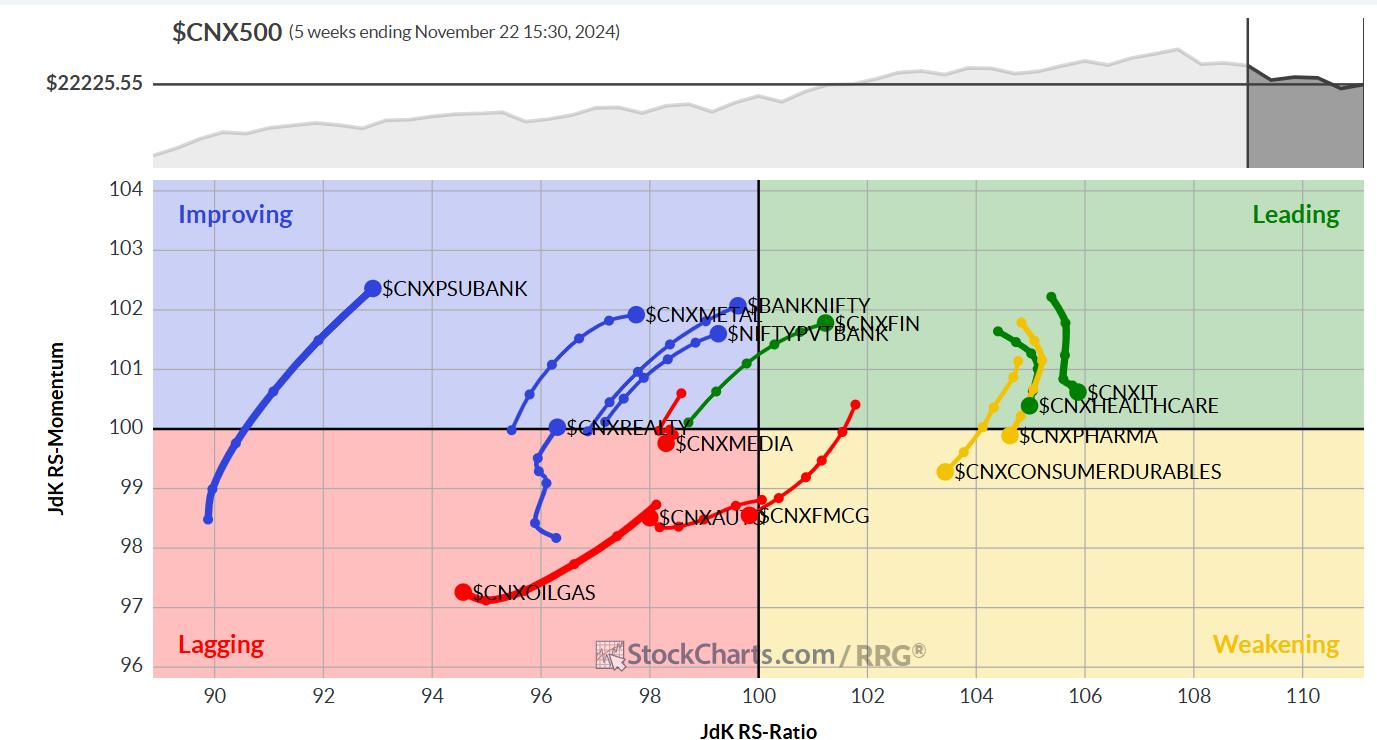B-Stock is pleased to partner with today’s largest retailers, OEMs, and brands on large-scale B2B recommerce solutions, including an online auction platform that provides half a million business buyers direct access to returned and overstock merchandise, that they can then resell.
After close to 15 years of solving these inventory challenges for our customers, B-Stock holds a unique perspective and a robust, unrivaled dataset on the selling and buying trends across the B2B recommerce market. So, it only made sense to take a look at the data and compile it into a report that we’ve aptly named “The State of B2B Recommerce” (available for download via our Resources page).
To learn more about the inspiration for the report, we sat down with Kylee Hall, B-Stock’s VP of Marketing, to ask a few questions about today’s recommerce landscape and what B-Stock hopes to achieve with this informative piece.
This is B-Stock’s inaugural recommerce report—what drove the decision to develop and publish this report?
KH: “When I first joined B-Stock, I was amazed by the breadth and depth of inventory being sold through the platform and by the huge potential of its nearly 15 years’ worth of proprietary resale data. It became clear to me that, as the largest B2B recommerce marketplace for consumer goods, B-Stock should use its authority to provide industry players with reliable insights on what kinds of goods are in demand on the secondary market, what they sell for, who is buying them, and where they’re going.
While some brands and retailers have recognized the B2B secondary market as a viable outlet for selling excess and returned inventory, large-scale B2B recommerce hasn’t always gotten the attention it deserves, so the chance to shed light on a less recognized practice while showcasing one of B-Stock’s main benefits was too good to pass up.”
Was there anything in the findings that came as a surprise to you?
KH: “One thing that really stood out to me was the breakdown of the goods we help sell in terms of their origin. I always knew that both returned and overstocked items move through B-Stock’s marketplace, but I didn’t realize until creating this report just how much of this inventory is made up of customer returns.
As it turns out, nearly 80% of the inventory sold on our platform was previously purchased and then returned to a retailer. I was wowed by demand for all of this once-bought merchandise and by how frequently consumers return the things they shop for—it’s a major concern for businesses that many people have never even thought about.”
The report shows that the top two inventory categories by units sold were 1) Apparel, Footwear & Accessories and 2) Home & Garden—is that typical? What do you think is driving this trend?
KH: “Apparel has consistently been one of B-Stock’s top categories, which makes sense when you consider how much clothing we as consumers return, and how easy retailers have made the returns process. In many cases, customers can send an item back for free with no questions asked, and often, this inventory can’t go back on in-store or virtual shelves. This means there are mountains’ worth of perfectly good apparel clogging up warehouses across the country. On the flipside, we’re also seeing major demand for pre-owned apparel. In fact, the apparel resale market is growing faster than the primary.
As far as Home & Garden items go, we’re seeing historically more inventory than typical on our marketplace (at least through the first half of 2024). One possibility is that consumers, who were confined to their homes during the pandemic, were inclined to spend money on items to improve their personal spaces. Production of these goods increased in response to the heightened demand. But after the pandemic-era home improvement buying frenzy, the demand for these items slowed and now home improvement and home goods retailers are saddled with overstock.
What’s great is that there is secondary market demand for all this inventory and B-Stock can help get it into the hands of buyers that want it.”
What other metrics did B-Stock track in the report?
KH: “The report touches on a number of major metrics that business leaders might find valuable—recovery rate, sales volume, category activity, lot size—but every business will have unique pain points and interests. More than communicating any specific figures, this report was designed to give readers an idea of the growth and scale of the B2B secondary market and to show brands and retailers that recommerce is undeniably worth exploring as a new approach to managing excess inventory.
We welcome anyone who reads the report and sees the opportunity within the B2B secondary market to contact us for a deeper conversation. If your business is a fit, our team of experts would be happy to discuss specific goals and priorities, identify relevant metrics, and help build you a custom-tailored reselling strategy.”
Can you talk a bit about the importance of data to B-Stock’s overall business model? How is B-Stock using data to enhance the user experience and create value for its buyers and sellers?
KH: “The B2B resale market (sometimes also referred to as liquidation) came about in a very fragmented manner, with many different sellers, buyers, and facilitators managing transactions offline, via phone calls, and in a very manual way. Historically, there’s really been no way for anyone to evaluate market performance or improve their outcomes. Generally speaking, this is still the case today, but it’s something that B-Stock knows it can change.
One major benefit of the B-Stock platform is that it’s been built from the ground up with this challenge in mind, and is designed to bring all of those disparate data points around fragmented B2B resale channels into a single place. By doing so, we’ll have and continue to build a wealth of knowledge about B2B resale, including insights around recovery rates, resale velocity, category and industry performance. Access to such insights benefits both sellers and buyers in many areas, like benchmarking sales performance, forecasting finances, and optimizing buying and selling strategies.”
Why do you think recommerce solutions and the secondary market are thriving right now?
KH: “Honestly, I don’t think of the resale market as anything new. It’s always been around and popular in certain circles. But as I mentioned before, the fragmented nature of the B2B secondary market has historically made it hard for enterprises to recognize, evaluate, and leverage it as a solution to major business challenges.
Platforms like B-Stock have simply helped to put a stake in the ground and finally made the practice more accessible and scalable for use by enterprises. By unifying transactions in one place and collecting data around item pricing, buyer-seller interactions, and market trends, we’re enabling brands and retailers to track and analyze recommerce in a way they never could before. Again, this is how we’re bringing a “sub-industry” that’s been around for quite some time to the forefront. And the insights within this report—for example, the increasing number of truckload-sized sales on the platform—serve to highlight healthy demand for whatever goods sellers have to offer.
All of that said, it’s also worth mentioning that recommerce-based approaches are very friendly to corporate sustainability initiatives—especially when the alternative to resale is sometimes landfilling or incineration—and they align well with the values of today’s increasingly waste-conscious consumers.”
What can readers expect to get out of the State of Recommerce report?
KH: “While the report does expand on some of the concepts described briefly above—such as how different categories have performed recently across our marketplace—more importantly, I think the recommerce report is a great way to help readers conceptualize the volume of inventory moving within this surging secondary market. And beyond just showing the scale of the challenge and opportunity we have here, this report will hopefully illuminate the thought and effort that’s going into addressing this business issue, and show that we are capable of understanding exactly where it all goes, what buyers will pay for it, how they purchase it, and more.
The inside look into an actual data-backed solution to surplus consumer goods is what makes B-Stock’s recommerce report such a compelling piece.”
* * *
Ready to read up on the State of B2B Recommerce as B-Stock sees it?
Click here to download the full report.





